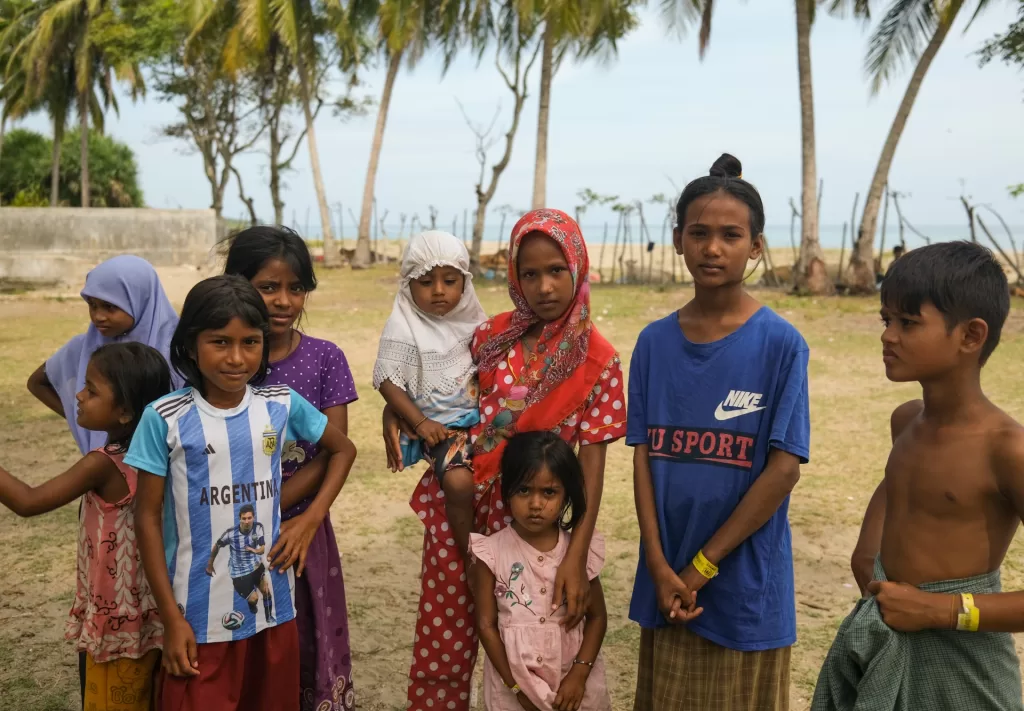Pidie, Indonesia – In December, Abdul Karim boarded a wooden boat from Bangladesh with his wife and two sons, with aspirations for a better life for the whole family.
But during the perilous sea journey, which took almost three weeks, Abdul’s wife fell ill. She died just one day before their boat reached Indonesia.
“My wife dreamt of our children getting education. She wanted them to be known as honourable people,” Abdul said. “We only came here for a better future for our children.”
Abdul’s family had taken shelter in Bangladesh, along with hundreds of thousands of Rohingya from Myanmar, due to the 2017 brutal crackdown on the ethnic minority by the Myanmar military.
On January 24, the United Nations High Commissioner for Refugees (UNHCR) said at least 569 Rohingya people died or went missing at sea in 2023 as they tried to reach Southeast Asia.
In recent months, more than 1700 Rohingya refugees left Bangladesh and arrived in Indonesia’s north on 11 boats, fleeing once again as camps in Bangladesh become increasingly crowded and dangerous.
“There was no peace. We couldn’t sleep. That’s why we came here, with the hope of being able to move freely,” Abdul said.
But life is hard in Indonesia, too.
Abdul and his sons, Saiful and Mohammad, are part of a group of more than 200 Rohingya refugees sheltering outdoors on a beach in Pidie, in Indonesia’s Aceh province.
The UNHCR, which is responsible for their food, medicine and other expenses, has urged the local government to designate secure sites for the refugees, as has been done in the past.
But local authorities told Al Jazeera the situation is complicated, due to strong rejection from the local community.
“We try to find them temporary shelters. But before we arrive in a location, local people have already gathered to protest. So, the government can’t force it,” said Ir Wahyudi Adisiswanto, acting mayor of Pidie.
Rohingya mother Nur Begum said she made the difficult journey from Bangladesh for the wellbeing of her child.
Her son has an undiagnosed medical condition. He cannot walk or speak.
“My son became like this after he turned three. Doctors told me to take my son abroad and have him treated there,” she said.
The boy has cuts all over his legs from dragging his body across the sand. And his mother is still no closer to understanding his disability.
“It is so hard for me to lift him,” Nur Begum said. “I’m surviving somehow, in this place. But I can’t express my pain as a mother. My son is hurting.”
